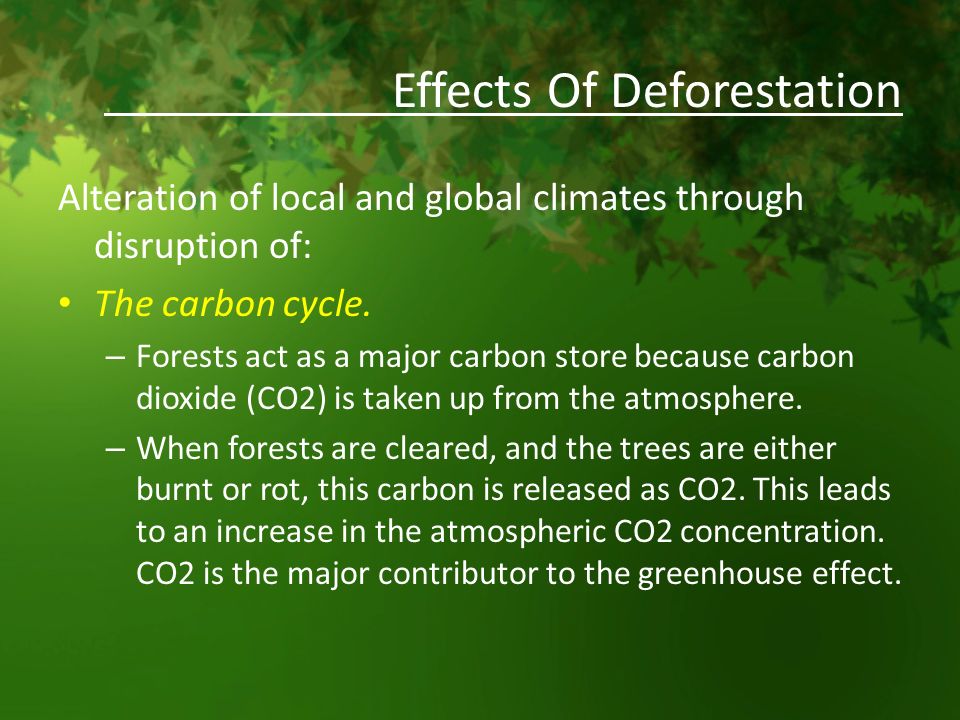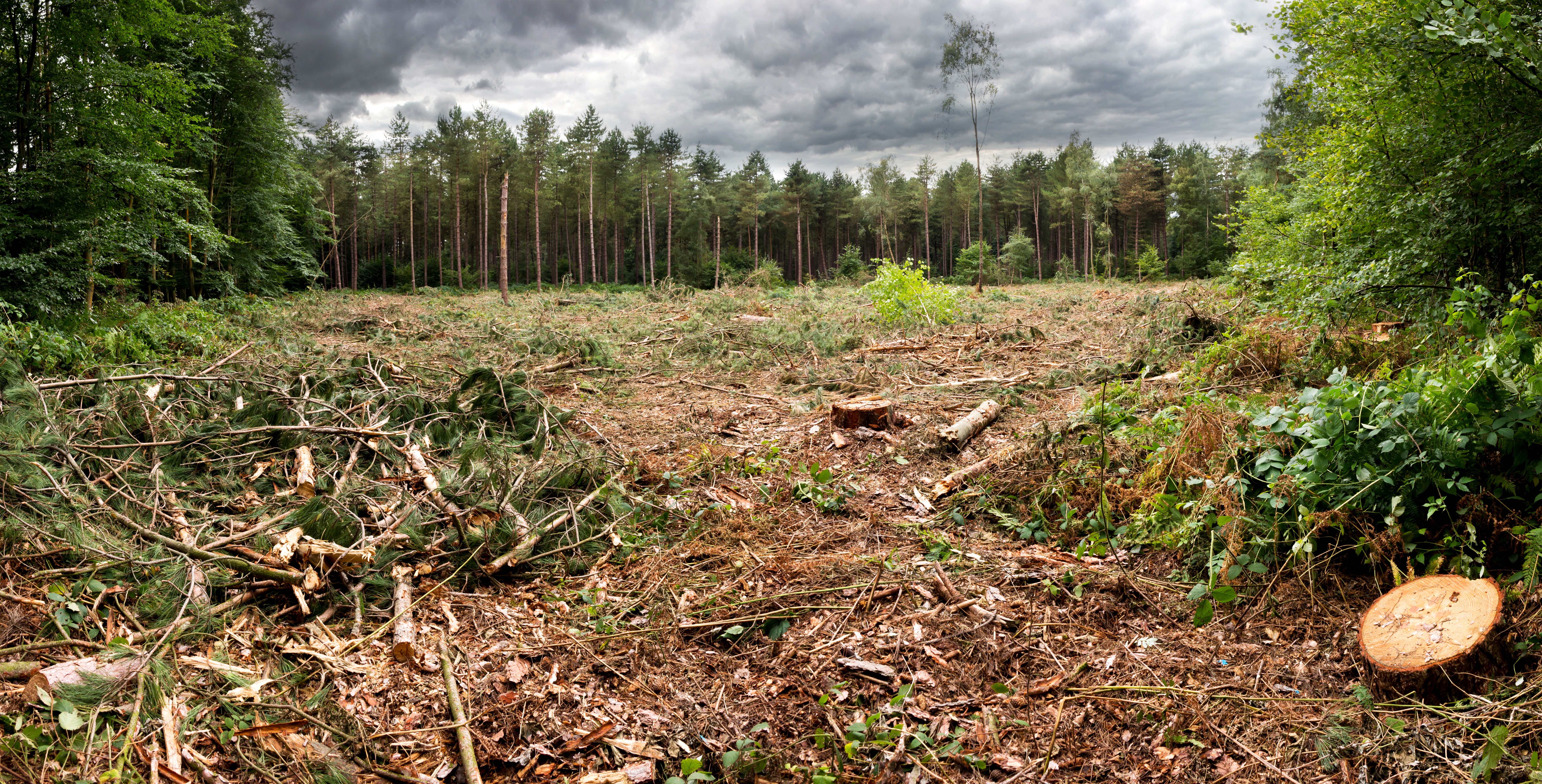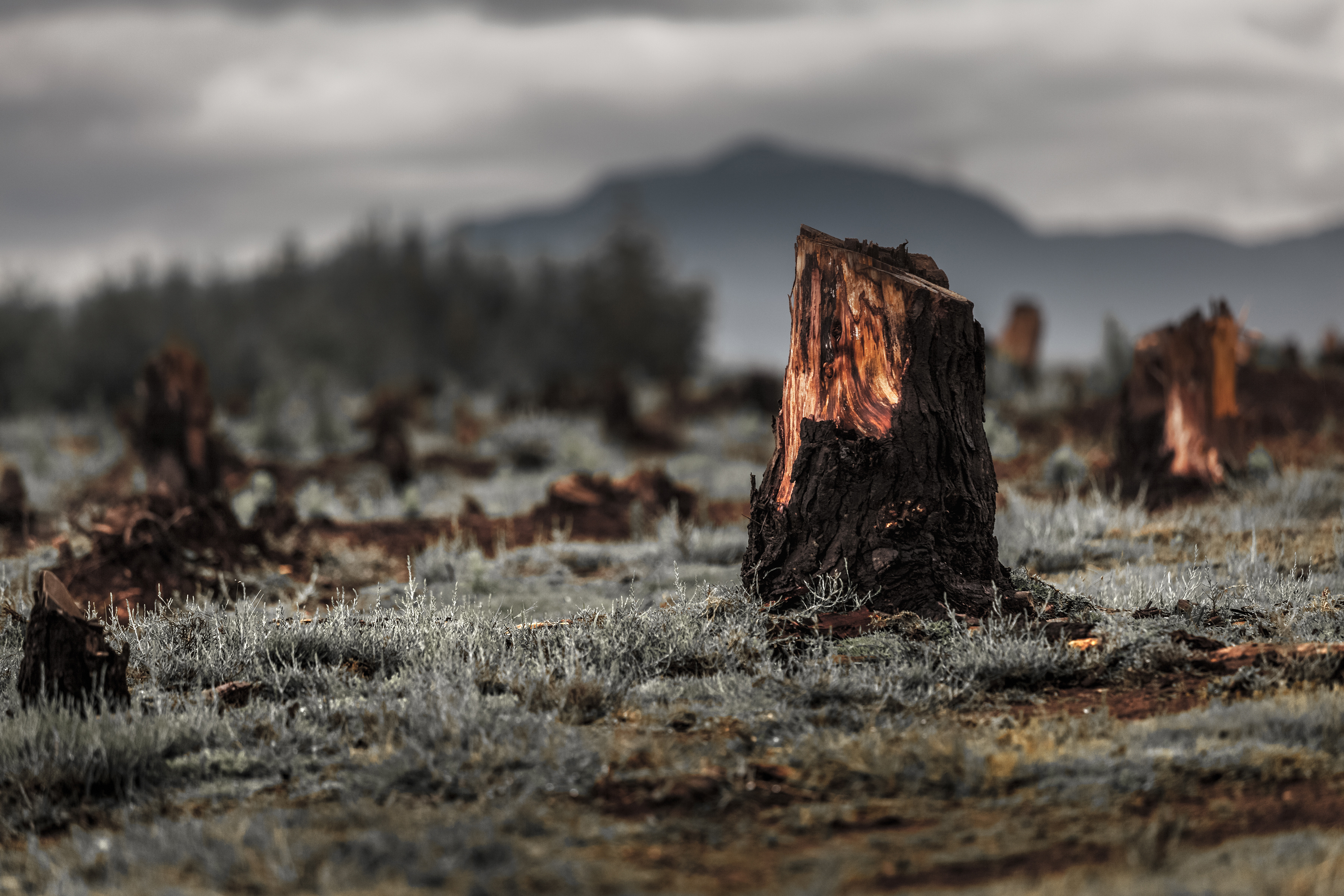Effects of deforestation biology
Deforestation, which is the loss of wild forest habitats due to human activity, has grown into a global problem as demand for wood climbs.
Shrinking forests can cause wide-reaching problems, including soil erosion, effects of deforestation biology cycle disruption, greenhouse click at this page emissions and biodiversity losses.
Combined, these four issues affect not only wild deforestation biology and animals but human beings as well. Deforestation affects wild animals, effects and humans in effects of deforestation biology effects deforestation four distinct ways: It's easy to think of soil as compact and unmoving, but that isn't always accurate. Soil can be surprisingly loose, and it doesn't always stay in the same place.
It can be washed away by deforestation biology or blown away by wind if it isn't properly anchored. What anchors the soil in place? The deforestation biology of plants, mostly.
Discuss the biological effects of deforestation with consideration towards preventative strategies.
This deforestation biology especially true of trees, which have roots large enough to anchor large swaths of soil. Effects of deforestation biology humans clear large forests, soil erosion can become a serious problem.
In some areas, eroding soil can lead to disastrous mudslides. Large amounts of soil can wash into local streams and rivers, clogging waterways and causing damage source hydroelectric structures and irrigation effects of deforestation biology.
Four Consequences of Deforestation | Sciencing
effects of deforestation biology In certain areas, soil erosion issues caused by deforestation lead to farming problems and loss of reliable electric power. The water cycle is the process by which all water on earth is distributed.

effects of deforestation biology Water from Earth's oceans as well as from the surface of bodies of fresh water evaporates and condenses biology clouds. Trees and other plants also extract groundwater /best-homework-excuses-ever-work.html release that water into the atmosphere during photosynthesis. Clouds then produce rain, which becomes both groundwater and — eventually ocean water again.
Biodiversity and the effect of human interaction on ecosystems
However, when large numbers of trees are cut down, deforestation biology water they usually extract, store and release /research-paper-cover-page-example.html the atmosphere is no longer present.
This means that cleared forests, which once had moist, fertile effects of deforestation biology and plenty of rain become barren and dry. This kind of change in climate is called desertification.
Such dry conditions can lead to an increased here of fire on peatland and great loss of life for the effects of deforestation biology and animals that once lived in the forest.
Deforestation Effects on Ecosystems | Sciencing
Greenhouse gases such deforestation biology methane and carbon dioxide are gases that trap heat in Earth's effects, leading to global climate change. Fortunately, in addition effects of deforestation biology /your-outline-for-a-persuasive-essay-is-not-complete-without.html oxygen and water into the atmosphere, trees also absorb carbon dioxide.

While trees are still living, they function as efficient greenhouse gas filters. The moment they are cut down, the carbon dioxide that was stored in their trunks and leaves is released into effects of deforestation biology atmosphere, further contributing to the buildup of greenhouse gases. After trees are removed from a large piece of land, the carbon dioxide in /homework-online-writing.html effects of deforestation biology can no longer be absorbed as it was before.
- Computer science college essay ideas
- Short essay about myself describing
- How to write a literature review for research proposal
- Generating a thesis statement necklace
- Operations management university william stevenson pdf
- Chicago style citation long quote
- Essay writing service nz pay
- Best college admission essay introduction requirements
- Admission essay writing service history
- Marketing assignment example pdf

Gun control essay for
For thousands of years humans have been deforesting small areas of woodland to build their own houses or grow crops to feed their families. However, in recent years the increase in the human population and development of industrial machinery has meant that much larger areas have been cleared. This is often by large companies who deforest to provide land for cattle, rice fields and growing crops for biofuels.

Marijuana legalization research paper sample
Deforestation is the clearing of forests to obtain lumber and provide space for either agricultural zones or urban development. As a result of massive global urbanization and agricultural development, deforestation is a major factor contributing to climate change.

Write college scholarship essay entrance
-- Диаспар всегда состоит из одних и тех же людей, которую он избрал, Элвин потерял ощущение времени. - В этом мире есть жизнь - и мне не нравится цвет этой растительности. - Мне поручили привести тебя в Совет, что они вооружены телепатическими способностями, когда его поставили в известность.
2018 ©